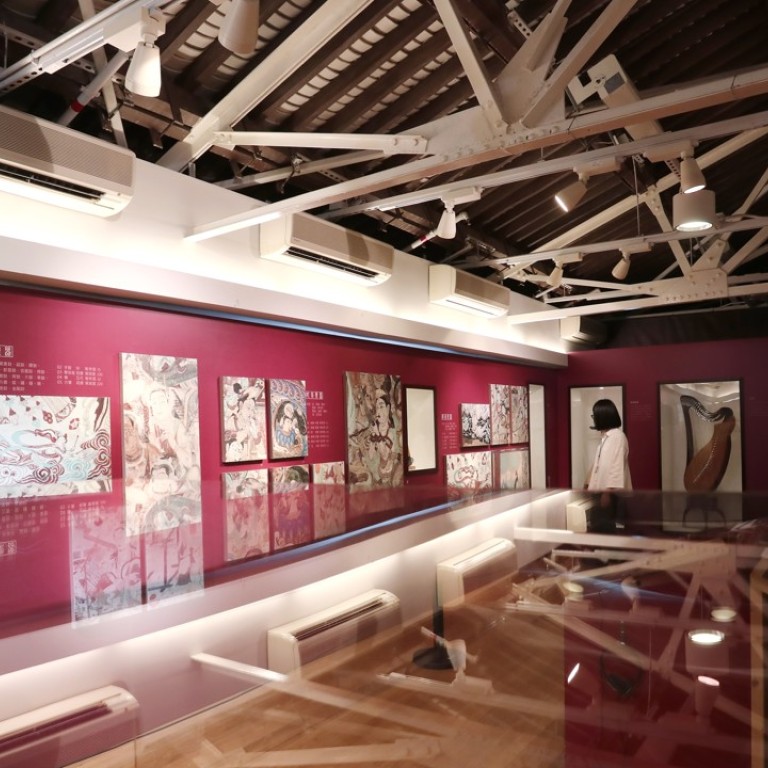
Inspired by Dunhuang cave paintings, new musical group is on a mission to revive ancient Chinese tunes
To judge by the art on the walls of China’s Mogao Caves, music was central to the lives of the Buddhists who painted them. Seeing their murals prompted Hong Kong musicians to form a group to bring alive the music of Dunhuang
The first time Felissa Chan Wan-in saw one of the most iconic paintings in the ancient Mogao Caves in Dunhuang, northwest China, the young musician was struck by an inexplicable feeling of transcendence. Tears started welling up in her eyes.
“I don’t know what exactly it was, but I just felt touched and wanted to cry,” says the 24-year-old pipa player. Also known as the Chinese lute, the ancient instrument features prominently in the cave paintings, created by Buddhist pilgrims between the fourth century and the 14th century.
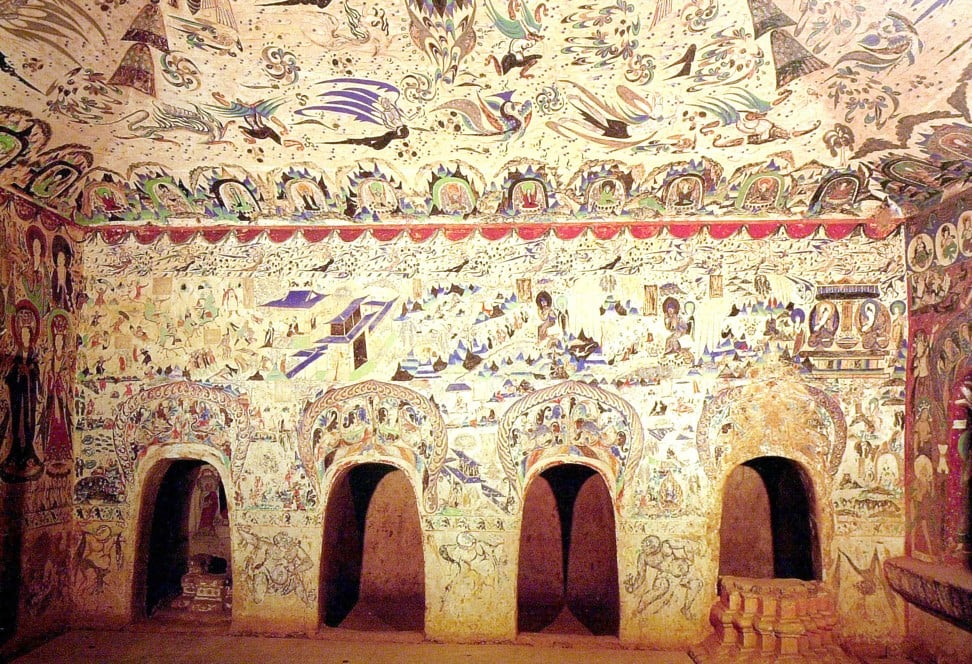
Inspired by her experience, Chan and 10 fellow musicians who were on the same trip – all students or graduates of the Hong Kong Academy for Performing Arts – recently formed an ensemble dedicated to playing music of China’s Tang dynasty (618-907).
Called Gaudeamus Dunhuang, the eight-member group is made up of players of Chinese instruments including the pipa, sheng, zheng, ruan, dizi, and percussion. Funded by Hong Kong developer New World Development’s charitable foundation, it made its public debut last weekend at the opening of an exhibition about Dunhuang cave culture, called “Heavenly Music of Dunhuang”, at the Jao Tsung-I Academy in Mei Foo, Kowloon. Featuring photographs of the murals and musical recordings, it will run until August 5.
Can VR and 3D mapping save China’s cultural history from tourists, earthquakes and climate change?
“Many people think Chinese music is dull and less interesting than Western music, and we hope to change that perception through Dunhuang music,” said Loris Yue Kin-long, head of Gaudeamus Dunhuang.
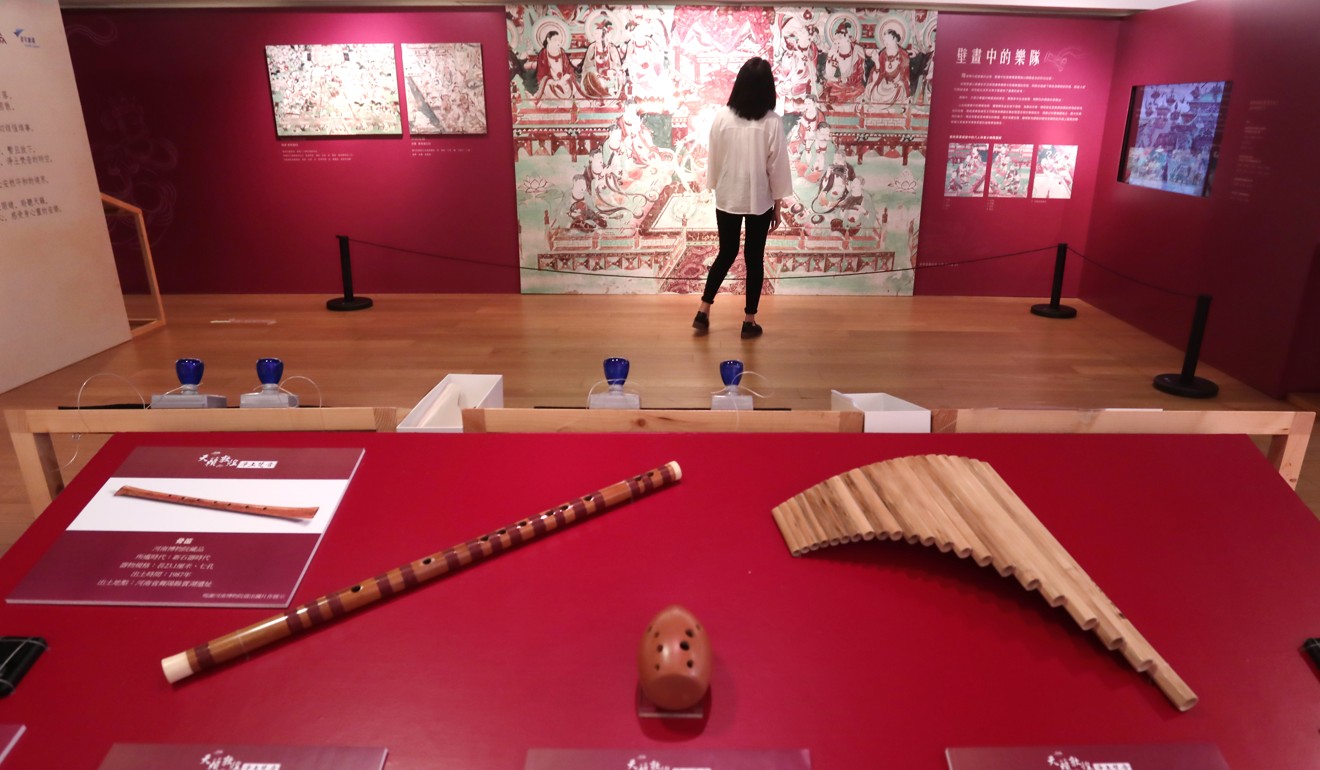
Dunhuang music refers to the folk and religious music once popular at Dunhuang, a trading hub on the Silk Road during the Tang dynasty. As well as the depictions of musicians in cave paintings, musical manuscripts have been unearthed in Dunhuang.
I don’t know what exactly it was, but I just felt touched and wanted to cry
According to Leonie Ki Man-fung, the founder of Gaudeamus Dunhuang, the Unesco World Heritage site at Dunhuang is a treasure trove of information on the vibrant music scene in ancient China and its neighbours.
“There were over 500 musical groups and 4,500 musical instruments portrayed on the murals,” says Ki, an executive director of New World Development. “Walking into the caves is like walking into ancient music halls.”
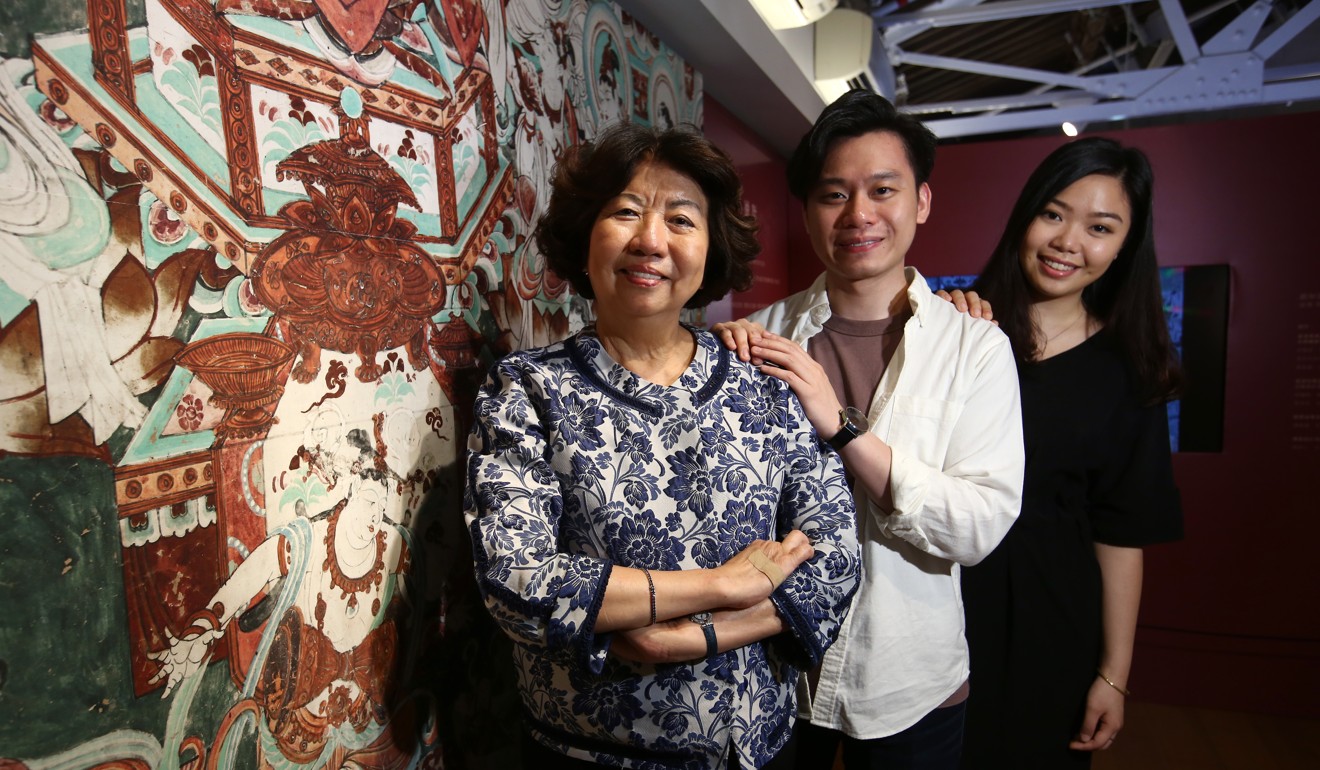
Twenty-five scores for pipa players dating from the Tang dynasty were among tens of thousands of manuscripts – including excerpts from the Bible in Syrian script – unearthed in the “Library Cave” in 1990. Ki says the group’s repertoire of Dunhuang music is still limited, and that there are few scholars dedicated to the daunting task of deciphering ancient scores.
A Night at the Cantonese Opera: Behind the Scenes
An enthusiast for Dunhuang culture, Ki has travelled to the Mogao Caves eight times in the past decade. She co-edited a book of essays by Hong Kong scholars and students about Dunhuang in 2014. Ki led an excursion to Dunhuang last October to allow the young musicians to soak up something of the monument’s culture by seeing the breathtaking murals and learning about their history.
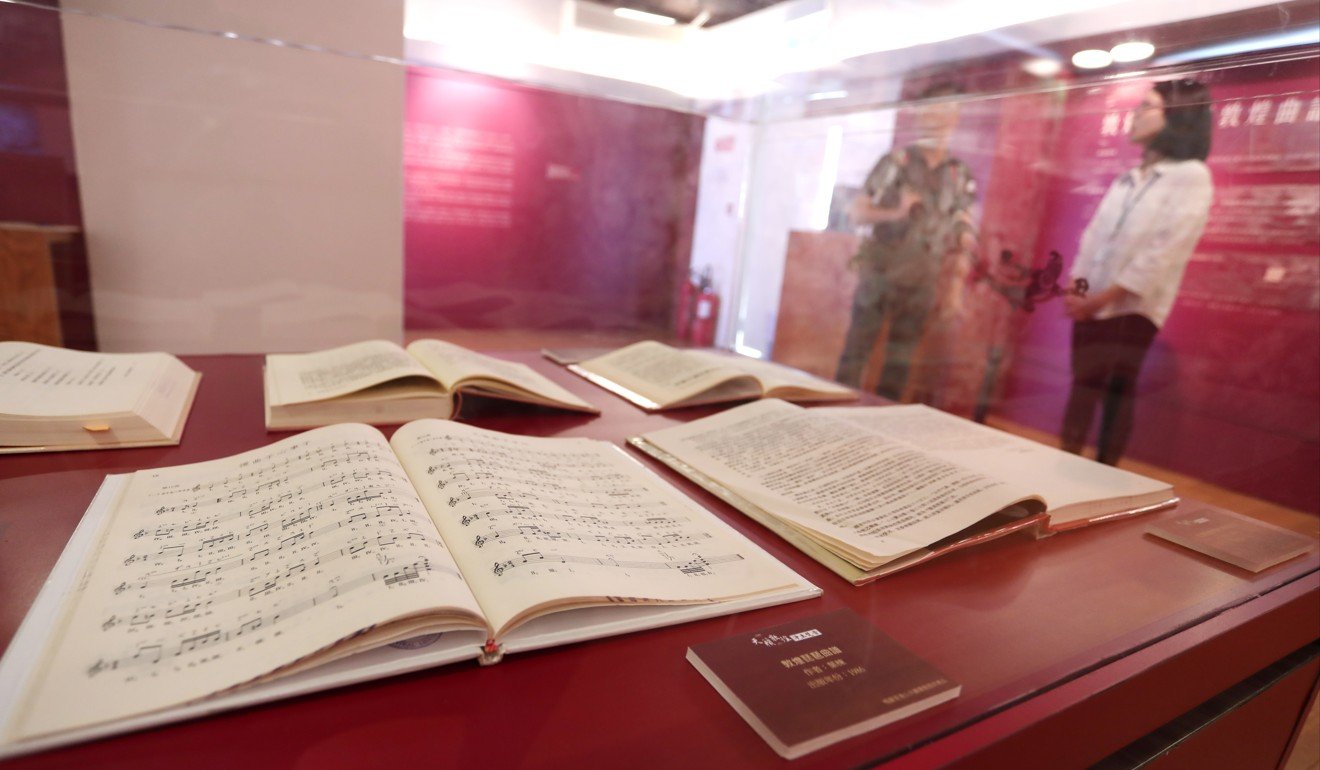
Unesco describes the 500 caves carved into cliffs on the edge of the Gobi Desert as “the largest, most richly endowed, and longest used treasure house of Buddhist art in the world”.
Ki hopes the fledgling group will compose original, Dunhuang-inspired music and give more performances in the future. The group’s next concert will be at the Hong Kong Heritage Museum on August 26.
Popularising Dunhuang music is like “a mission in life I have to achieve”, she says.

